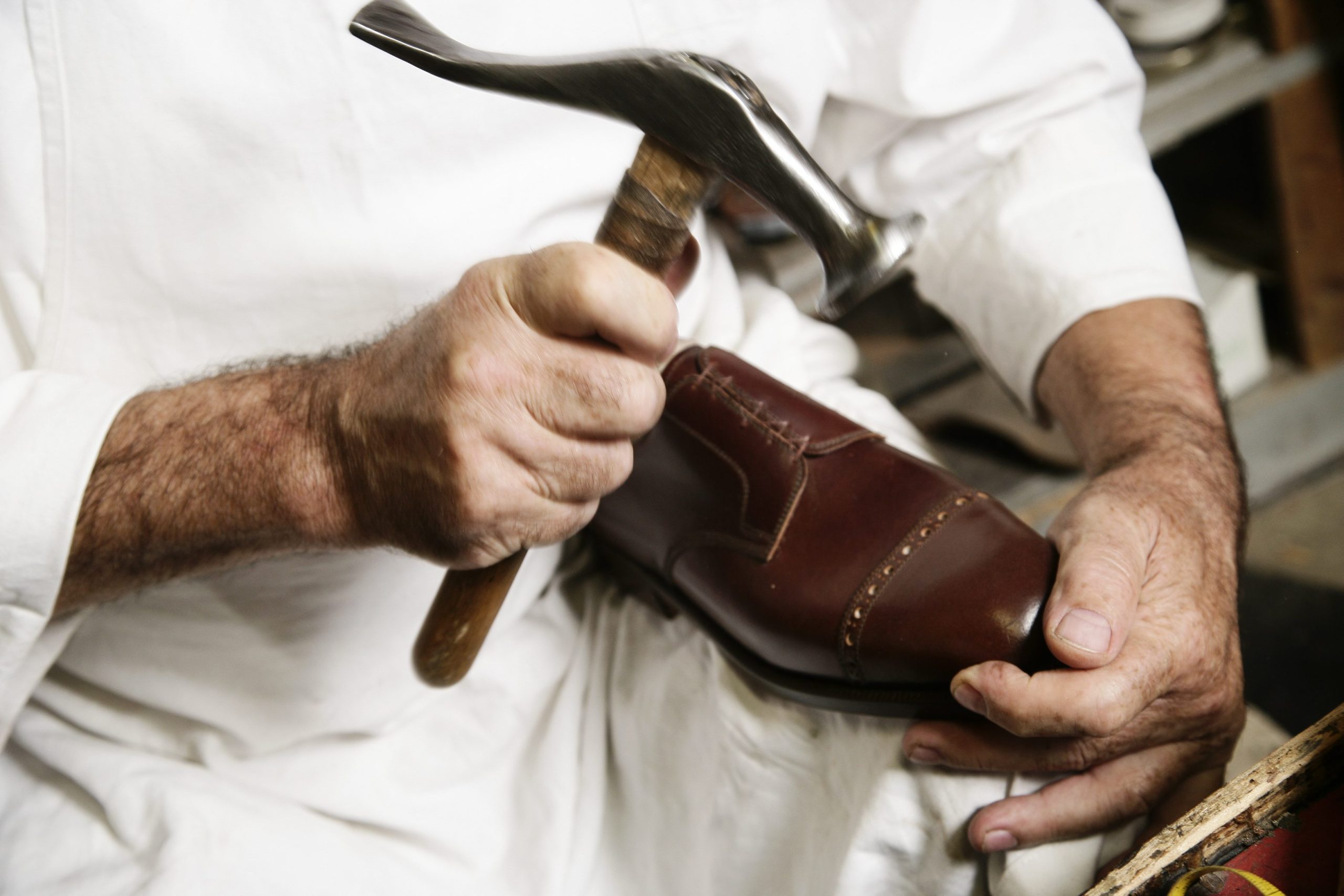by Marco Fortis*
2011 was a year of strong recovery for Italian exports, despite gradual but steady worsening in October and November, when the economic scenario worldwide and especially in Europe began to deteriorate parallel to the worsening crisis of sovereign debt. Until September, sales abroad were more than good and the year ended with some very encouraging figures, at least as regards sales outside the EU (+11.2% according to Istat).
2012, however, is expected to be very difficult, with forecasts that, as the weeks go by, become more and more depressing. The latest alarm was launched by the International Monetary Fund to the effect that it expects a reduction of 0.5% of the Euro zone GDP and as much as 2.2% of Italian GDP, as the country is committed to a very tough fiscal package that will have a heavy impact on domestic demand.
But every country will have problems, including the developing economies, where growth will slow significantly. Under these difficult circumstances, in 2012 Italy will have to trust, as always, to its export star, possibly even counting a little on the weaker euro. The contribution that can come, in this case, from the more specialized districts of Italian manufacturing, which are also more strongly oriented toward international markets, will be crucial.
If Italy is not too battered by the coming crisis, it will once again be thanks to those small and medium enterprises and those industrial districts so often given up for dying, if not already dead, but that always resuscitate in time to save the day, with their extraordinary ability to adapt, their flexibility and the innovation that characterize them. They will certainly be Italy’s best defensive line during the recession of 2012.
Is this forecast perhaps a little too optimistic about these producers? We hope not, also because this hope is not just an act of faith, but is based on the empirical observation of the last crisis, in 2008-2009, when the Italian districts reacted well, despite a few nasty bruises, as many indicators show.
It is important, first of all, to remember that Italy continues to base much of the strength of its economy on local manufacturing systems. In terms of employment, the main districts are very important areas.
If, for example, we analyze the latest Istat data on local labor systems (LLS) dividing them by production sectors, we discover that in 2009 the mechanical and metalwork LLS of Borgomanero (the world’s leading manufacturing district for taps) employed 10,200 people, Biella’s LLS 12,900, the furniture district of Seregno 19,100, the mechanical and metalwork district of Lumezzane 12,600, that of rubber and plastic of Chiari 9,600, the contiguous women’s footwear districts of Castel Goffredo, Asola and Castiglione delle Stiviere over 10,000, the mechanical and metalwork LLS of Lecco 23,100, the leather tanning LLS of Arzignano 11,200, the furniture LLS of Pordenone 12,200, the ceramic tile LLS of Sassuolo 17,700, the mechanical LLS of Bologna (the world’s leading manufacturing district for packing machines) 19,300, the tanning and footwear district of Santa Croce sull’Arno 12,800, while the contiguous footwear districts of Civitanova Marche, Macerata, Fermo, Ascoli Piceno, Montegranaro, Montegiorgio and Monte San Pietrangeli all together reach the significant figure of 29,000 employees, just to mention a few.
To counter in importance the LLS of Turin for vehicles (46,100 employees), which is the largest in Italy at the district level, we only need to add up the employment of any 2-3 textile districts: for example the two Como districts (16,700 employees) and Prato (30,200 employees). This proves that while Fiat is strategic for a country like Italy, the textile and apparel industry, despite its partial downsizing at the beginning of this century caused by Chinese competition, continues to be equally strategic. Very much so!
During the profound crisis of 2008-2009 many Italian industrial districts undoubtedly suffered heaving losses in foreign orders and the total paralysis of domestic demand, but the employment crisis was not nearly as serious as the tremendous problems that hit the biggest national groups under Italian and foreign control. While they were racking up hundreds of thousand of hours of redundancy provisions, the small and medium enterprises of the districts had very little recourse to social safety nets.
Actually, employment increased a little in the LLS districts, though well below the Italian average, to about the German levels, if not better (we should bear in mind that in 2010 the average unemployment rate of Germany was 7.1%). Several districts did better than that, for example the LLS of Borgomanero (where unemployment was 6% in 2010), Castel Goffredo (6.3%), Lumezzane (6.1%), Arzignano (5.4%), Schio (5.7%), Thiene (5.7%), Montebelluna (6.3%), Pordenone (6.4%), Carpi (5.7%), Mirandola (6%), Sassuolo (7.2%), Lucca (7.2%), Santa Croce (5.9%), Prato (7.2%), Civitanova Marche (6.4%), Montegranaro (6.3%). In several cases the unemployment rates of the Italian districts remained at the same very solid levels as in Bavaria (4.4%) or Baden-Württenberg (4.8%), if not even below them. That is what happened, for example, in the LLS of Alba (3.6%), Como (4.8%), Chiari (4%), San Bonifacio (4.6%), Belluno (4.2%), Langhirano (4.2%), Bologna (4.9%), Empoli (4.8%), Pesaro (4.7%).
As regards exports, in the first nine months of 2011, according to the Edison Foundation Index, sales abroad of the 101 main Italian districts brought revenues for 51.5 billion euros, up 11.3% compared to the same period of 2010.
It is interesting to observe that, with respect to the total of the districts analyzed by the Edison Foundation, as many as 48 have already been able to meet, if not exceed, the record export levels reported in the first nine months of 2008, which was the highest point reached before the crisis struck. We can add another nine districts to these 48, where exports have not yet reached pre-crisis levels, but they have come very close and are within 5% of the levels reached between January and September 2008.
As many as 84 districts increased their exports in the first nine months of 2011 toward countries outside the EU; among the highest performances, with more than a 40% increase, were Treviso, with industrial machinery; Rimini, with machine tools; Florence, with leather goods; Perugia, with textiles and apparel; and Modena, with deli meats. In the same period six districts had better than a 30% increase in exports: industrial machinery in Vicenza, Bologna and Brescia; paper in Lucca; textiles and apparel in Lecco and Valsesia.
Among the 18 districts with increases in exports between 20 and 30% were the footwear districts of Fermano and Florence; the tanning district of Vicenza; the Florentine textile and apparel district; Reggio-Emilia with pumps; Bologna with packing machines; Lumezzane with taps; Padua with industrial machinery; Maranello with Ferraris; and the wines of the Langhe and Astigiano regions.
In the first nine months of 2011, a total of 83 districts experienced an increase in their export trade within the European Union. For six of these the increase was better than 30%: Pietrasanta with ornamental stone; the Etna Valley with electronics; oils from Lucca; industrial machinery from Brescia, Bergamo and Varese. Another 12 districts reported advances of their exports toward the European Union in excess of 20%; they include the footwear districts of Brenta Padovano and Casarano-Tricase; the textile-apparel district of Biella; Omegna and Lumezzane with taps; industrial machinery from Vicenza and Treviso; Reggio Emilia with pumps; products in rubber and plastic from Alessandria.
* vice-president of the Edison Foundation and professor of Industrial Economics at the Università Cattolica di Milano
ITALY LOOKS OUTSIDE ITS BORDERS
SUCCESS ON MARKETS IN THE EU IS THE GOAL
+40%
Industrial machines from Treviso, machine tools from Rimini, leather goods from Florence; textiles from Perugia, deli meats from Modena.
+30%
Industrial machines from Vicenza, Bologna and Brescia and paper from Lucca, textiles from Lecco and Valsesia.
+20%
Footwear from Fermano and Florence, tanneries in Vicenza, Florentine textiles, taps from Lumezzane.
Average exports to the EU in the first 11 months of 2011.
[legend]
Export trend above average
Export trend below average
Source: Istat data: 2007

